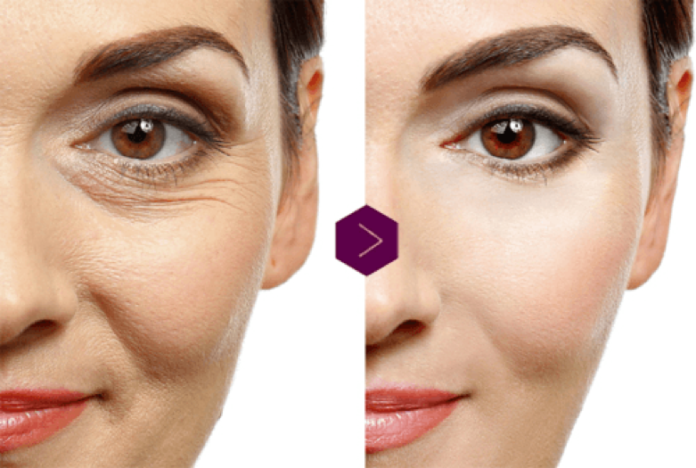There are many different ways to change your body through plastic surgery techniques. One of the newer options is a fat transplant or transfer.
This technique involves taking fat from one part of your body, liquifying it, and reinjecting it into another part of the body. Doctors can use it in your face, breasts, and other areas of the body to plump or smooth the areas.
It is not a highly invasive procedure. You will not have huge incisions from which to heal. It uses local anesthesia and can be an outpatient procedure. Here are some additional things to know about fat transfers.
1. It’s Commonly Used After Breast Cancer
According to BreastCancer.org, fat transfer is becoming a common technique for reconstructive surgery after breast removal due to cancer. Because it uses fat from the woman’s body instead of injecting a foreign substance, it can make a woman feel more at ease. In addition, it not yet another major surgery that she has to go through, which may also make her feel better about the procedure.
2. It Uses Unwanted Fat
In a way, a fat transplant is like two procedures in one. The doctor will liposuction one area of your body to get the fat needed to add to another part of your body. So, you can thin down an area where you have too much fat at the same time you plump up another area where you want more fat. The preparation and recovery happen together, so you can get back to your normal routine faster than if you had each surgery done separately.
3. It Allows for Quick Recovery
The International Society of Aesthetic Plastic Surgery states that you can start getting back to normal life within a week of your procedure. You will have some swelling in the first few days, but by day three, it should begin to reduce and go away. There may also be some bruising and tenderness immediately following the procedure.
Generally, the most painful procedure is adding fat to the lips. They may require a bit more attention and aftercare to reduce swelling and relieve pain.
4. It Often Produces Overcorrected Results at First
You will probably feel as if the surgeon transferred too much fat during your procedure, and he or she probably did. Doctors will usually overcorrect the area because there may be some loss of the fat as it heals. It is normal for the body to absorb up to 50% of the fat.
If the doctor did not overcorrect, then you would have to have additional procedures to get the final look you want. You should see the final results three months following the procedure.
5. It Looks More Natural Than Implants
Because the procedure uses your fat, it gives a more natural look. You run far less of a risk of it looking odd or overly done because the fat will settle. An implant pretty much remains as is once the doctor implants it. Plus, your own fat moves more naturally than an implant, even though they can be quite realistic.
6. It Depends on a Healthy Blood Flow
You may have to go through some testing before you have the procedure because you must have a healthy blow flow in the area of transplant. If you do not, then the fat may die. Your doctor will check the area and your overall health to ensure that you will not have restricted flow to the area and that the fat injection site will remain healthy.
7. It Reduces Some of the Risks of Traditional Surgery
Since fat transfer occurs under local anesthesia instead of general anesthesia, you automatically get a reduction in the risks. Of course, there are still some general surgery risks, such as blood loss and infection. This is still a surgical procedure, so you need to follow the doctor’s orders carefully for recovery.
8. It Becomes a Natural Part of Your Body
One thing to note about a fat transfer is that it is very natural. The injected fat will simply have a new home in your body. It will act the same as it did before the surgery. This means that if you have a substantial weight loss, the injected area could reduce as well.
For this reason, it is a good idea to get a fat transplant surgery to finalize the results of weight loss, such as smoothing out areas where you had trouble losing fat and reshaping areas of your body. You should avoid too much weight loss after the surgery, though.
Read More: Best Fat Burning Foods to Help You Lose Weight
Reshape Your Body
Fat transfer allows you to reshape your body. You can thin areas you don’t like and plump areas that need a little more oomph. It is a newer idea and isn’t without its risks, but for many people, this is the type of surgery that they feel comfortable with due to its less invasive characteristics.
Read More: HOW TO LOSE BELLY FAT AND IT’S CAUSES

















